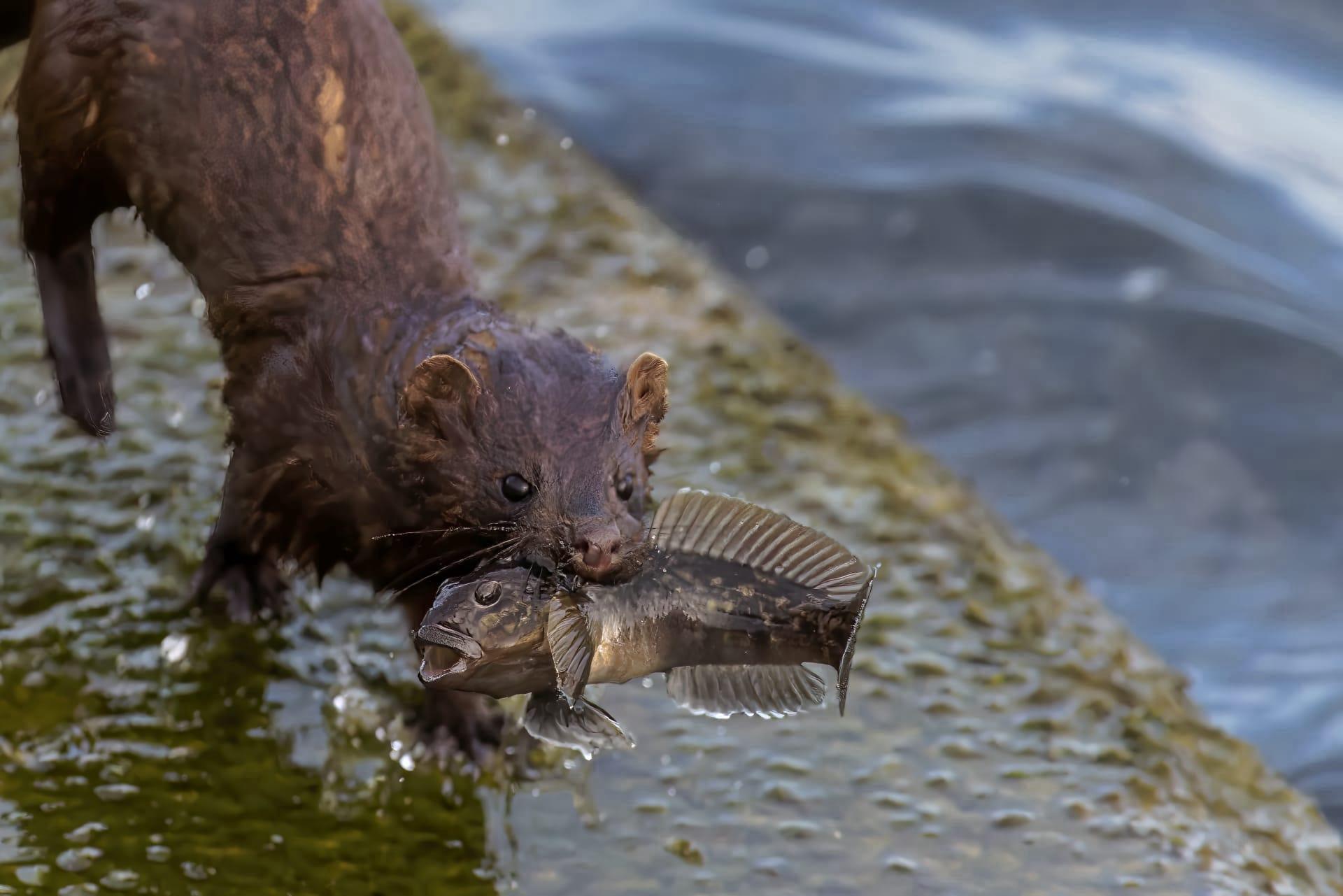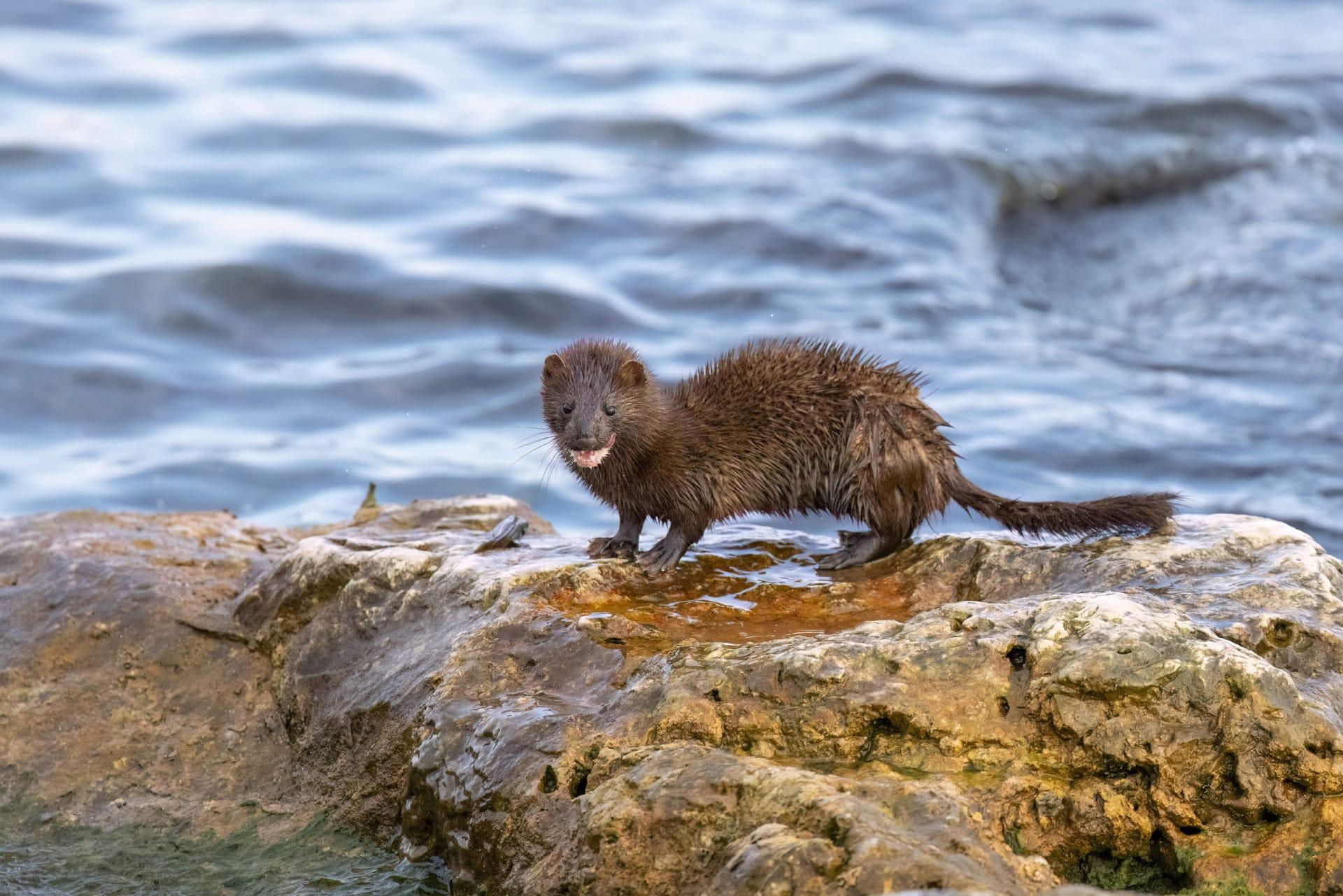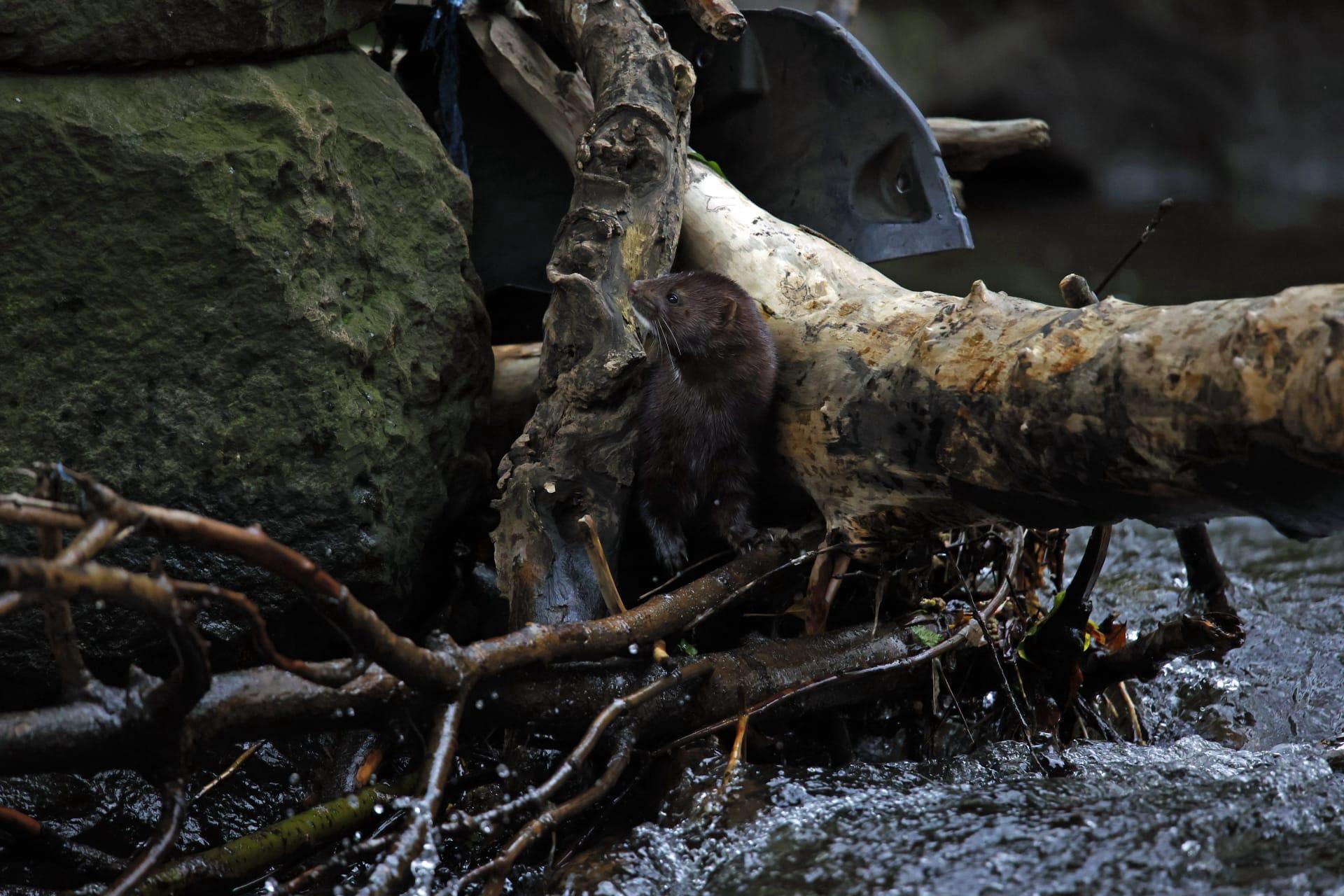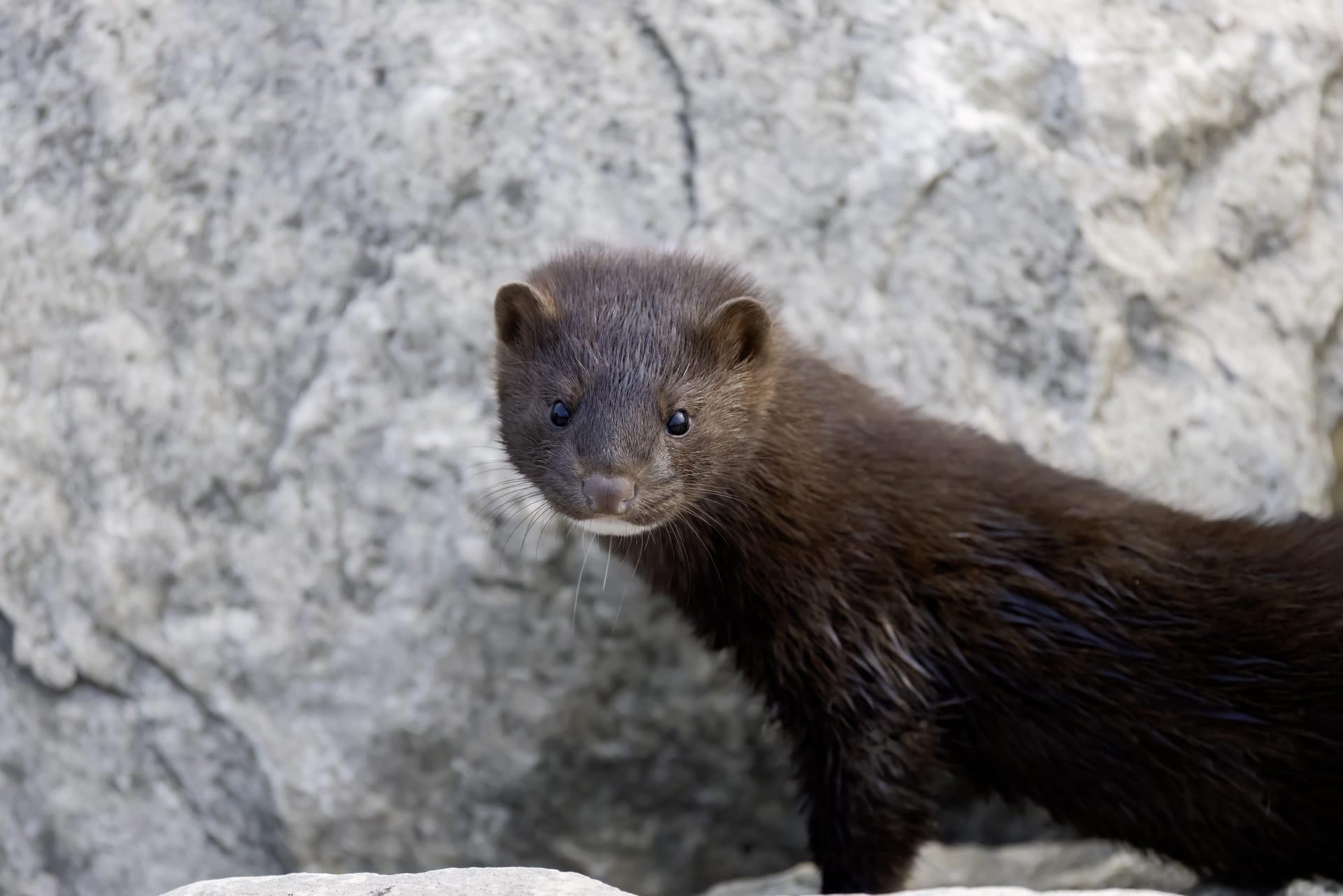Mink
- Home /
- Mini Encyclopedia /
- Animal /
- Mink
1
Minks belong to the family Mustelidae, which includes animals like weasels, otters, and ferrets. There are two primary species: the American mink (Neovison vison) and the European mink (Mustela lutreola). These two species, while similar in appearance, have distinct genetic differences. The American mink has 15 pairs of chromosomes, whereas the European mink has 17 pairs. Additionally, the American mink is slightly larger and more adaptable, which has impacted its spread and interactions with humans.
Minks are native to North America and Europe. The American mink inhabits a broad range across North America, from Alaska and Canada, stretching down to the United States. They are commonly found near water bodies like rivers, lakes, and marshes. The European mink, on the other hand, has a more restricted range, primarily in Eastern Europe, with small populations in Spain and France. This species has faced significant decline due to habitat loss and competition with the American mink, which has been introduced in many parts of Europe.

2
Question: Is it true that minks are solely carnivorous and rely only on fish for their diet?
Answer: While minks are indeed carnivorous, their diet is more varied than just fish. They are opportunistic feeders and consume a wide range of prey. Their diet includes fish, certainly, but also birds, amphibians, crustaceans, and small mammals. The American mink, in particular, is known for its adaptability in hunting, which contributes to its success as a species. Their dietary flexibility allows them to thrive in various environments, from rural to semi-urban areas.

3
Minks are solitary and territorial animals, primarily active during the night. They use a combination of keen senses, agility, and swimming prowess to hunt and avoid predators. Minks have excellent vision, including good night vision, which is crucial for their nocturnal lifestyle. Their sense of smell and hearing are also well-developed, aiding them in detecting prey and perceiving threats. In water, minks exhibit remarkable swimming abilities. They can dive up to 16 feet deep and swim up to 100 yards, using their webbed feet and streamlined bodies for efficient movement.
Regarding reproduction, minks are polygamous, and mating occurs in late winter. The female mink has a unique reproductive strategy called delayed implantation, where the fertilized egg remains dormant for a period before implanting in the uterus. This allows the timing of the birth of the kits (young minks) to coincide with favorable environmental conditions, like abundant food supply in spring.

4
In the ecosystem, minks play a significant role as both predators and prey. As predators, they help control populations of smaller animals and fish, thus maintaining a balance in the food web. This predatory behavior, especially in regions where minks are non-native, can sometimes lead to conflicts with human interests, particularly in fisheries and bird conservation areas.
As prey, minks are important in sustaining the populations of larger predators. They are hunted by animals like foxes, owls, and eagles. In some regions, minks are also trapped by humans for their fur, which has led to various conservation and ethical debates. Their role in the ecosystem is multifaceted, affecting both the populations of their prey and the survival strategies of their predators.

5
Film: "The Secret World of the Mink" is a documentary from the United Kingdom, released in 2010. This film explores the secretive and often misunderstood life of the American mink in the wild. It provides insights into their hunting habits, social structure, and the challenges they face in their natural habitat, with stunning footage captured across various seasons.
Book: "Mink" by Brian Plummer, published in the United States in 1988, offers an in-depth look at the behavior and ecology of minks. Plummer, a renowned naturalist, shares his experiences and observations, providing a comprehensive guide to understanding these fascinating creatures.
Book: "The Mink's Tale" by David Macdonald, released in the UK in 1995, is a compelling narrative that combines scientific research with engaging storytelling. Macdonald, a wildlife biologist, delves into the intricate world of minks, discussing their impact on ecosystems, conservation efforts, and their complex relationship with humans.